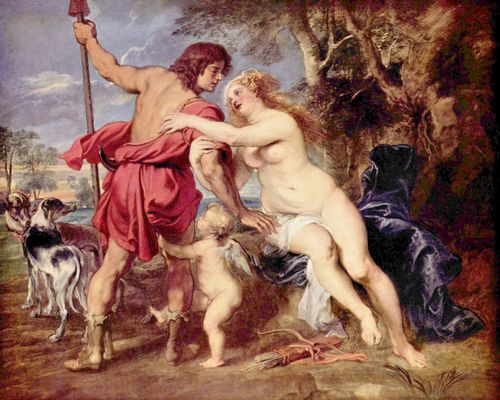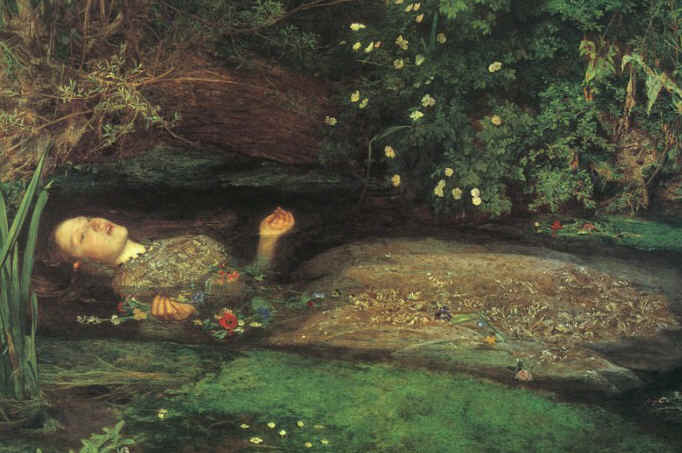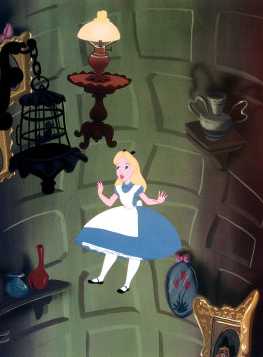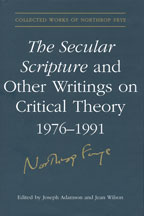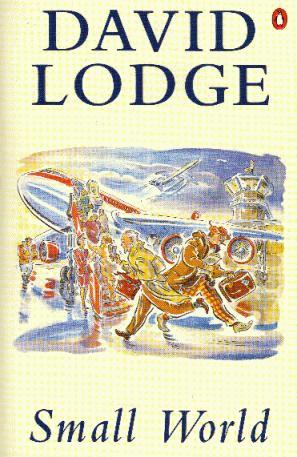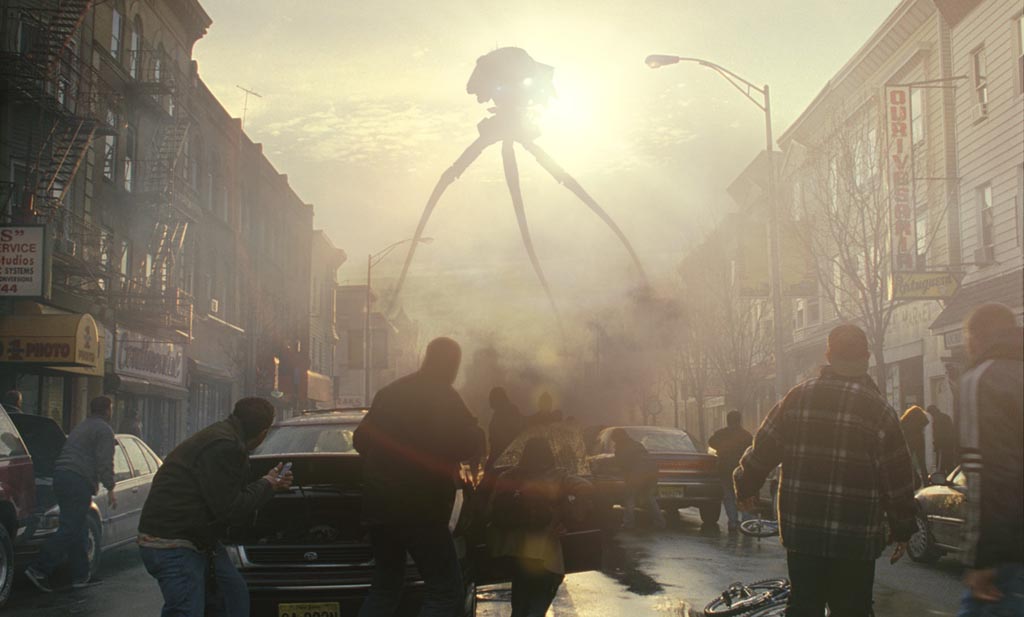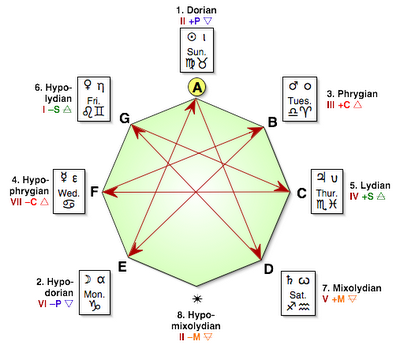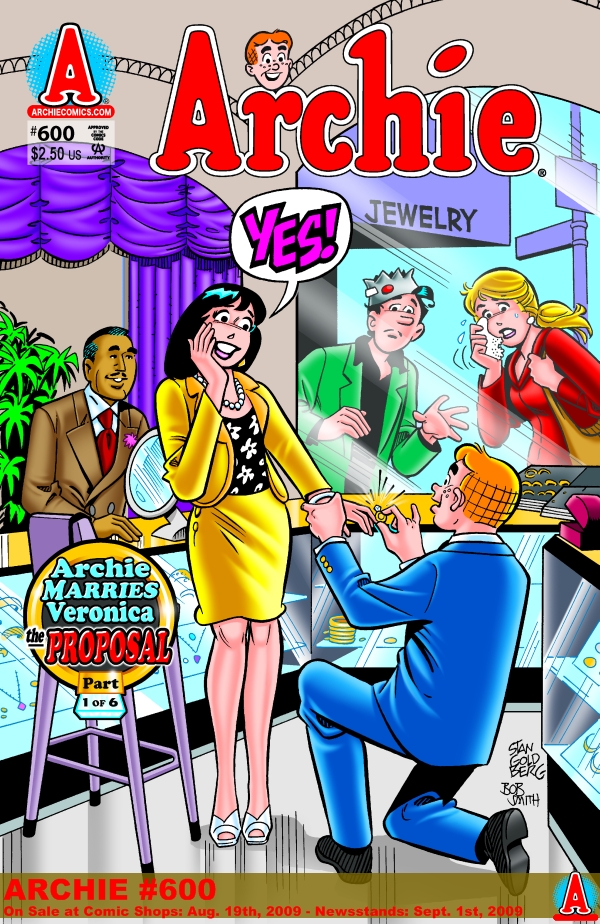
In response to the “virginity” thread started by Jonathan Allan’s post, I think it wrong to suggest that Frye himself has gendered virginity: he is simply describing what he finds in literature, and he is obviously well aware of the value put on virginity as a commodity in a patriarchal culture, as his allusion to the danger of losing one’s bargaining position indicates. In romance this aspect of virginity is naturally enough prominent because the female protagonist is headed for marriage and must keep herself intact for Mr Right. As Frye says, the G-string comes off last. This can mean not just outwitting pirates and other villains but also keeping her true love, when he acts like a pirate himself (as in Pamela and Jane Eyre), from treating her as a slave or social inferior and trying to take her virginity before he has married her. But this is precisely what makes virginity a structural principle in romance, as the heroine uses her wiles to escape, survive, and attain sexual union with the right man at the end of the story. This is all of course discussed in The Secular Scripture.
Where virginity comes to take on another dimension is the point of the epigraph from Frye that Bob used in his post: “virgnity means a transcending of sex.” Jonathan Allen commented in this regard on the device of the two heroines, quoting the pertinent passage from The Secular Scripture: “the virgin who marries at the end of the story, we saw, represents the structural principle of the cycle and accommodation of it. The virgin who is sacrificed, or escapes sacrifice and remains a virgin, similarly symbolizes the other principle, the separation or polarizing of action into two worlds, one desirable and the other detestable” (83; CW XVIII: 56).
The two heroines can also represent what Frye calls the two cadences or “creative moods” of romance, the comic and the tragic or romantic, the social and the withdrawn, the world of ritual and the world of dream. The device is, in general terms, part of the general structure of doubling in descent narratives, a milder form of the doubling that you get in a tale like Poe’s William Wilson. An important prototype is Milton’s two muses in L’Allegro and Il Penseroso, the one sociable and light-hearted, the other withdrawn and pensive.
Scott used the device in several of his novels and brought it into into popular use in the nineteenth century where it is all but ubiquitous, at least in the Anglo-American tradition; it does not seem, as far as I can tell, to have the same prevalence on the Continent. Stendhal–an early and avid reader of Scott–uses a version of the device in his two great novels, The Red and the Black and The Charterhouse of Parma: Julien Sorel is torn between the withdrawn and pensive Louise de Renal and the more political and theatrical Mathilde de la Mole; Fabrice del Dongo is torn between his socially adept and politically astute aunt, Gina Sanseverina, and the withdrawn and melancholic Clelia Conti.
The device is now known in my classes, thanks to a student wit, as the Betty-and-Veronica device. By the way, I was told by the same young woman that the problem of the two heroines is beautifully solved in the Archie comics: in a recent issue of the comic book Archie marries both of them, thanks to the possible futures of Borges’s garden of forking paths.
A romance device, the doubled heroine is a central structural principle in realist novels as well: George Eliot uses it in a number of her novels: Lucy Deane and Maggie Tulliver in The Mill on the Floss (where the device itself is a meta-fictional theme in the novel: Maggie says she cannot finish novels in which the “dark unhappy ones” are doomed from the beginning); Dorothea Brooke and Rosamund Vincy in Middlemarch; and Gwendolyn Harleth and Mirah Cohen in Daniel Deronda. The latter breaks with the tradition, which goes back to Scott and the two heroines of Ivanhoe, by having the hero marry the dark Jewish heroine, the Rebecca figure, and reject the Rowena figure, Gwendolyn. As Russell Perkin noted in a previous post, there is a good example of it in Mad Men: Don Draper is torn between his uptight conventional blond wife, Betty, and the dark and alluring Jewish businesswomen, Rachel Menken.
There are of course male versions of the same thing (Wuthering Heights and Gone with The Wind being obvious examples), and Frye even gives an example of an unhappy male virgin who is sacrificed: “the martyrdom of Sydney Carton at the end of A Tale of Two Cities.”
The device, which is first briefly discussed in Anatomy, is one of those conventions that Frye draws attention to as part of a much larger argument, but which is really worth a book-long study in its own right. I wonder, Jonathan, if your “virginity” project might not be turned more fruitfully in the direction of the doubled heroine convention itself.
